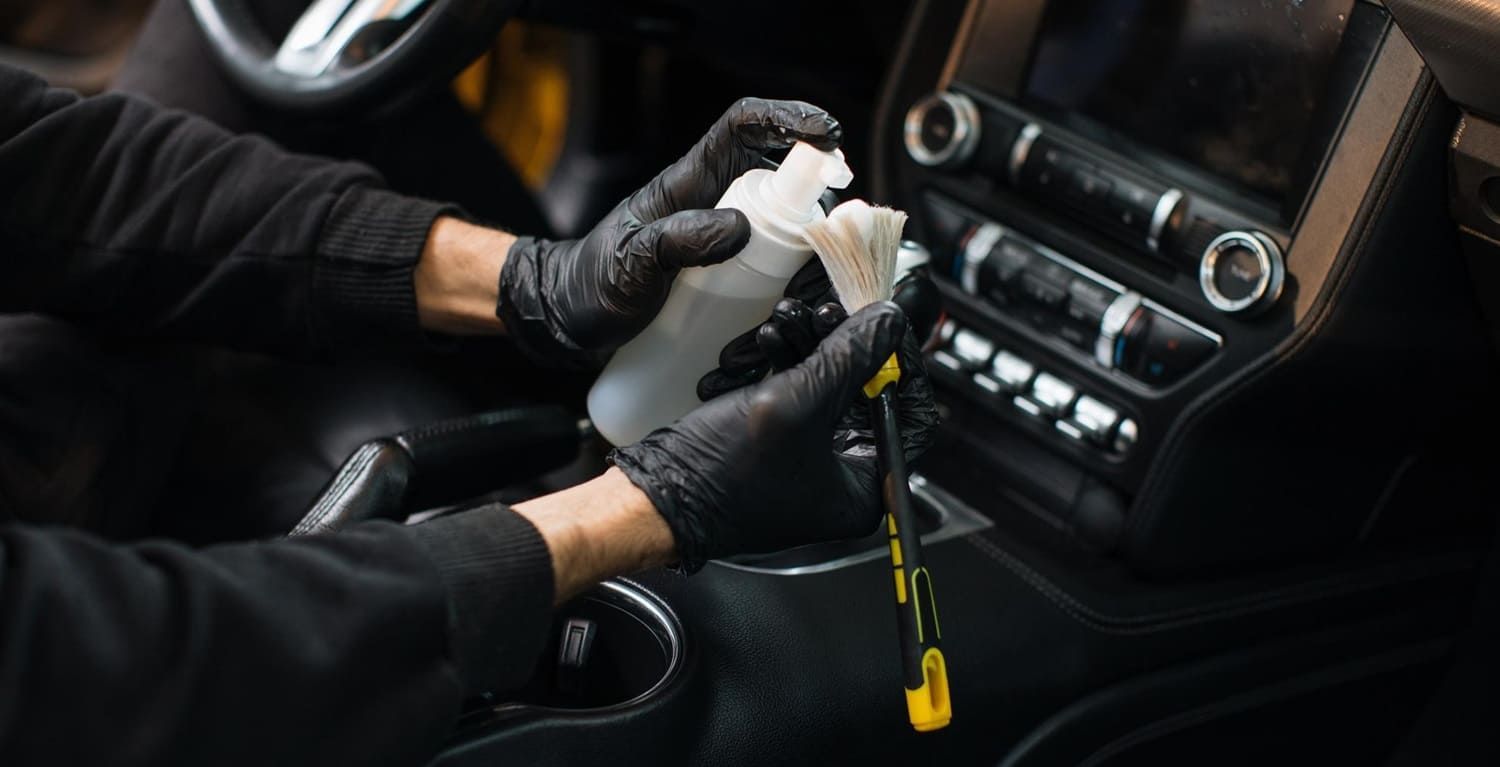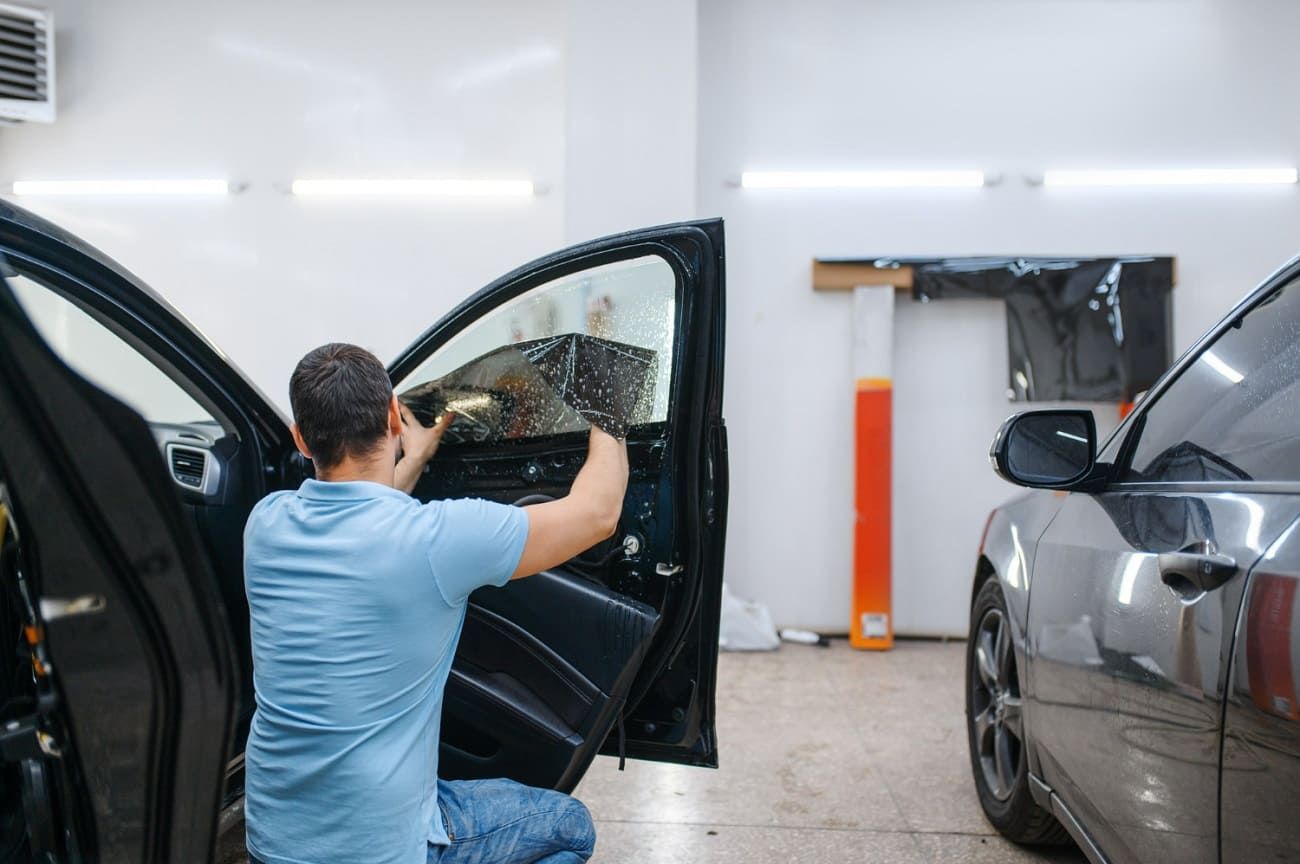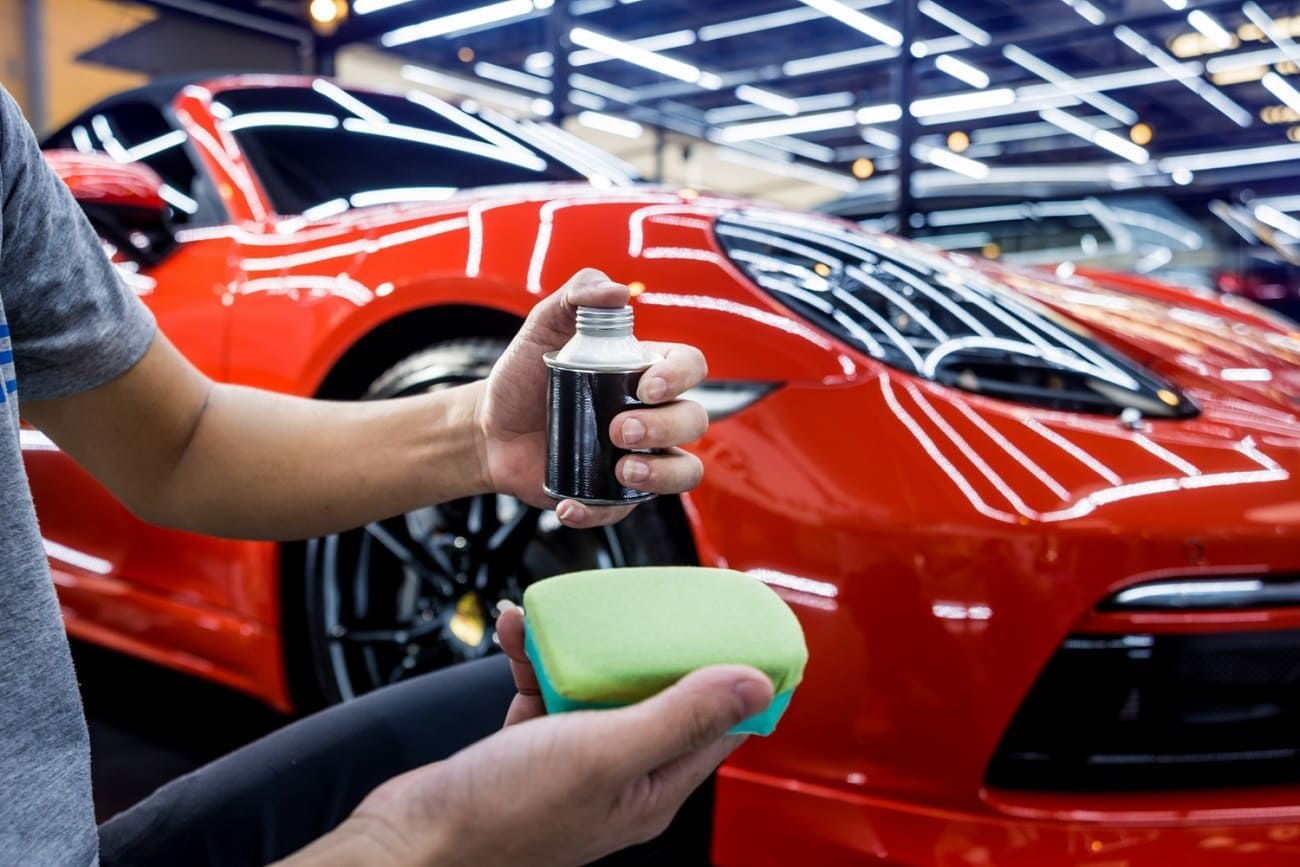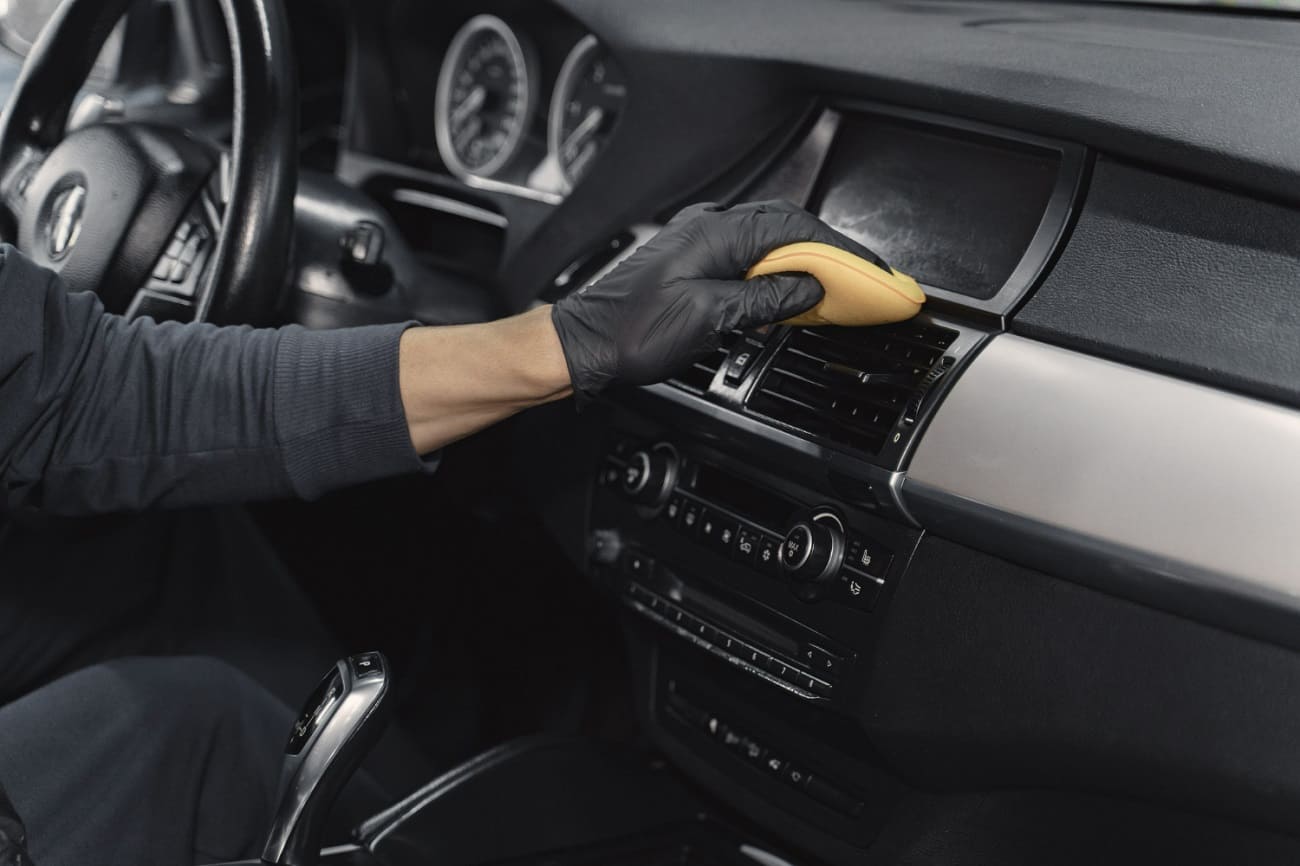Window Tinting Maintenance: Tips to Keep Your Tint Looking New for Years
Proper maintenance and care are essential for keeping your window tinting services looking like new. Get key care tips in this article.
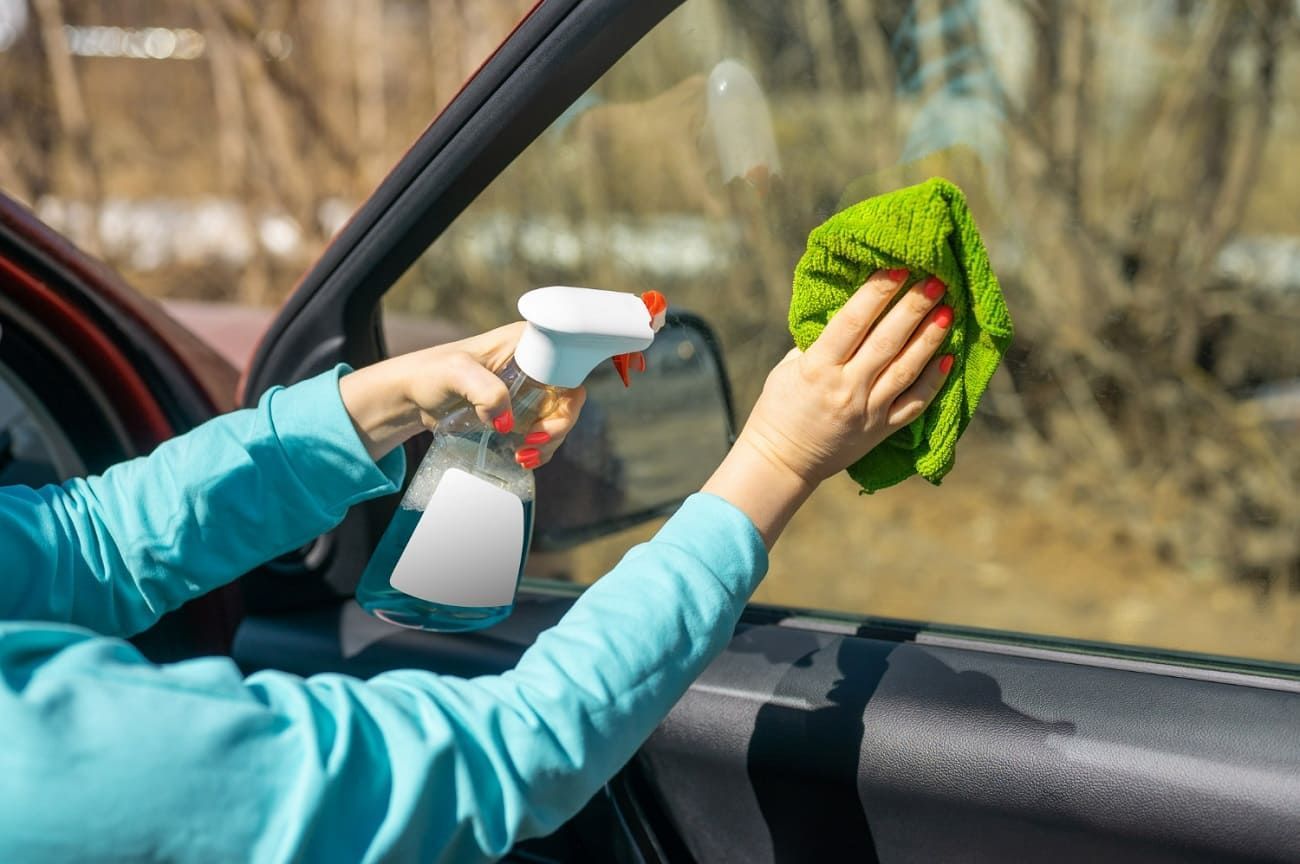
Have you ever wondered how some cars maintain sleek, dark tinted windows for years while others fade away quickly?
The secret is in the aftercare.
Just like your skin, your car's window tinting services need a bit of TLC to stay looking fresh. Stick around as we delve into the world of window tinting maintenance.
Why Is Window Tinting Care Important?
Window tinting services are a significant investment that not only adds to your car's aesthetic appeal but also provides privacy and protection from harmful UV rays.
However, your window tint may be peeling, bubbling, or fading sooner than expected without proper care. Hence, window tinting care is essential to preserve its appearance and longevity.
How Long Does a Window Tint Last?
The lifespan of a window tint largely depends on its quality, exposure to sunlight, and, of course, how well you maintain it. A well-cared-for window tint can last anywhere between 5 to 10 years.
How to Care For Window Tint
Window tint upkeep is easy and doesn't need much effort. You can follow simple steps to ensure your window tint stays in top shape for longer.
Regular Inspection
Like any other part of your car, the window tint can wear down over time due to sunlight exposure, temperature changes, and physical contact.
With consistent checks, you can spot issues such as peeling edges, bubbles, or discoloration before they escalate. For instance, spotting a small bubble early on can prevent it from spreading across the entire window, which could need a complete re-tinting job.
So, how should you go about inspecting your window tint? Here are a few tips:
Inspect in Different Lighting Conditions
The appearance of window tint can change under different lighting conditions. So checking your tint in bright daylight and dimmer settings is advisable. This will help you spot any inconsistencies that might not be visible otherwise.
Check from Different Angles
Don't just look at your windows straight on. Check them from various angles to identify any irregularities in the tint's appearance. Discoloration and bubbling often show up when viewed from specific angles.
Look for Physical Damage
Look for signs of physical damage, such as scratches, tears, or chips. Remember, even a tiny scratch can lead to peeling or tearing over time.
Spot Discoloration
Over time, your window tint might discolor, usually turning purple. This is a clear sign of degradation and might indicate it's time for a replacement.
Wait Before Rolling Down Windows
After tinting your windows, wait at least three to seven days before rolling them down to allow the film to dry completely.
Protect from Direct Sunlight
Parking your car in direct sunlight for extended periods can heat the windows and cause the tint to bubble or peel sooner than they should. Wherever possible, aim to park your car in the shade or covered parking areas to reduce exposure to direct sunlight.
Protection from Sharp Objects
Sharp objects are a major enemy of window tints. Keys, rings, or even sharp nails can cause scratches or tears in the film.
It's a good idea to use caution when loading and unloading items in your car, ensuring they don't come into contact with your tinted windows. Also inform passengers, especially kids, to avoid picking at the window film.
Regular Cleaning
Regular cleaning is vital to maintaining your window tint. Dirt and dust can cause scratches and degrade the tint over time. A general rule of thumb is to clean them at least once every two weeks.
If your car is often parked in dusty areas or exposed to harsh weather conditions, you should clean the windows more often. Remember, maintaining a clean window tint helps prolong its life and ensures optimal driving visibility.
Use Warm Water
One of the most effective cleaning agents could be right at your fingertips - water! Warm water, in particular, is excellent at loosening and dissolving stubborn dirt because it is gentle on the tinted film.

Avoid Ammonia-Based Cleaners
Ammonia is good at cleaning glass. But you're not cleaning glass. You're cleaning a thin layer of tinted film.
The chemical structure of ammonia does not play well with tinted film. Over time, the continued use of ammonia-based cleaners can cause your window tint to discolor, often turning purple!
Instead, opt for ammonia-free cleaning products designed for tinted windows.
Be Gentle
Never use abrasive tools like stiff brushes or scouring pads to clean tinted windows. They can scratch and damage the film. Use a soft microfiber cloth to avoid scratching or damaging the tint.
Avoid using sharp objects near your tinted windows. Accidental scratches can permanently damage the tint.
Dry Your Windows The Right Way
Once you've cleaned your windows, dry them with care to avoid damaging the film. Use a rubber-blade squeegee to remove excess water from the surface of the window. Remember to be gentle!
Follow this up with a soft and absorbent microfiber cloth to dry off any remaining moisture. Be careful around the edges of the tint, where water can often accumulate.
Professional Cleaning
There's something to be said for the benefits of professional cleaning services. So consider professional cleaning services once in a while.
Professionals have the right tools and expertise to clean without damaging the tint. They can handle many types of window tints without causing damage. This can be particularly beneficial for those with high-end, specialty tints that need extra care.
One significant advantage of hiring professionals is their use of specialized tools and products. These aren't always available to the average consumer, and they can make a big difference in the results.
As a general rule, scheduling a professional cleaning once or twice a year should be enough for most windows.
Window Tinting Services
Caring for your window tint is simple. It involves regular cleaning with the right products and techniques, protecting it from excessive sunlight, and addressing any issues at once.
With these tips, you can enhance the lifespan of your tint and keep it looking new for years.
Window tinting services are an investment in your car's aesthetics and comfort. You can enjoy the benefits of proper window tinting care for a long time.
Ready to give your car windows the care they deserve? Get a free estimate today from Eclipse Tint & Accessories and Contact Us in Madison, WI!
